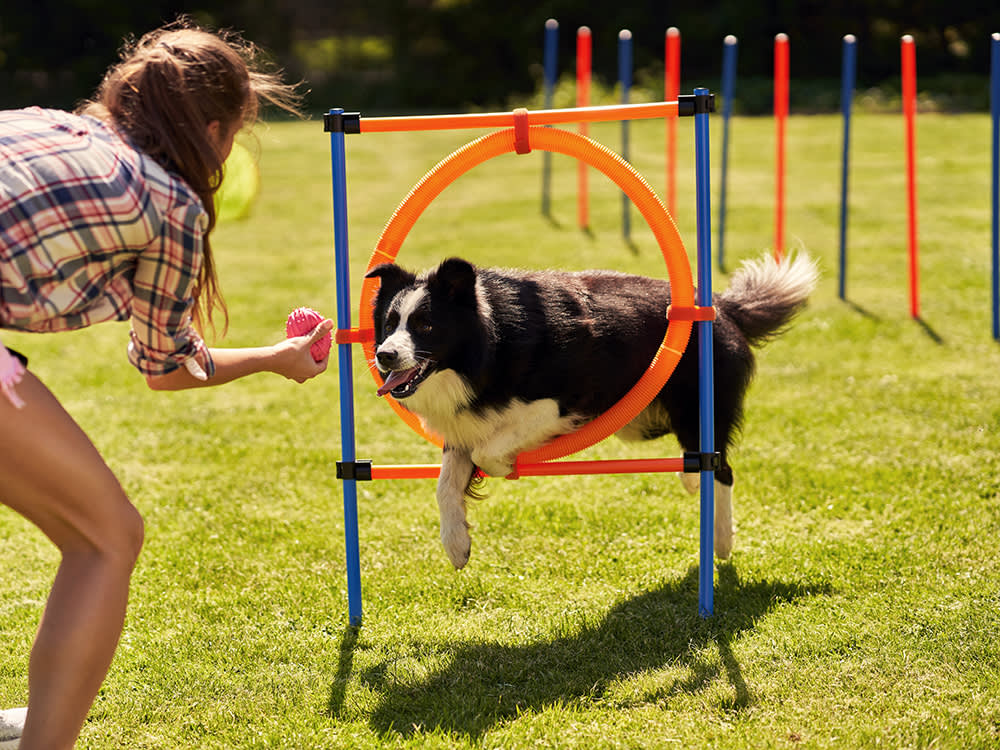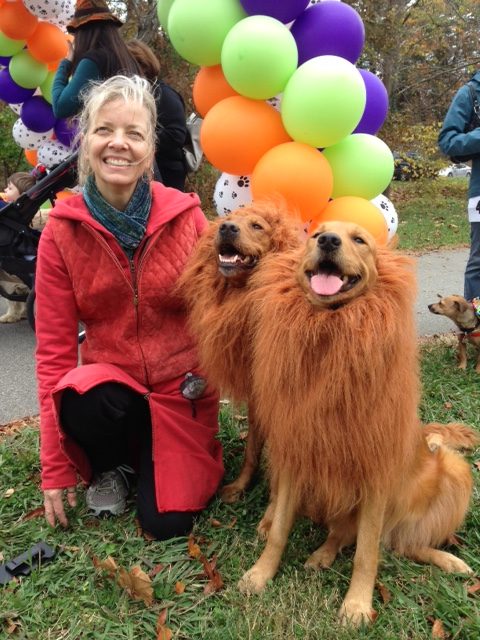Necessary Tips for Successful Dog Training: A Guide for Animal Owners
Effective canine training is a diverse process that requires a critical technique customized to both the animal's temperament and the proprietor's objectives. Secret elements such as establishing constant commands, using favorable reinforcement, and facilitating early socializing play critical functions in promoting a well-adjusted canine friend. Several family pet owners come across difficulties that can hinder progress, leading to aggravation and unpredictability. Comprehending how to navigate these obstacles can considerably enhance the training experience, inevitably transforming the connection in between owner and canine. What are the essential methods that can be utilized to make sure success in this venture?
Comprehending Dog Behavior
Recognizing canine behavior is essential for effective training and fostering a harmonious relationship in between pooches and their owners. dog training. Dogs interact primarily with body language, articulations, and activities, making it important for owners to interpret these signals accurately.

Socializing plays a significant duty in canine habits; exposure to different settings, individuals, and other animals can considerably impact a canine's temperament. Elements such as type attributes and specific personality need to assist training techniques, as some types might have details behavior characteristics that necessitate customized techniques. By understanding these aspects, owners can produce a supportive atmosphere that urges positive actions, bring about effective training results and a deeper bond with their pet dogs.
Establishing Regular Commands
Effective interaction with your canine starts with establishing regular commands. This foundational component of training is vital for fostering understanding between you and your pet. Consistency in the commands you use makes sure that your dog can dependably associate specific words or phrases with the wanted behaviors.
When picking commands, select clear, distinct words that are very easy to state and separate from each other. Prevent using similar-sounding commands that may puzzle your pet. For example, utilizing "sit" and "remain" is suitable, however "sit" and "struck" could cause misconceptions.
In addition, maintain the same tone and volume for every command. Pets are delicate to singing cues, so varying your tone can create complication.
It is similarly crucial to make sure that all relative get on the very same page concerning the commands used. A united front in command use will certainly prevent blended signals and enhance the learning procedure.
Positive Support Methods
The power of positive support in pet training hinges on its ability to urge preferred behaviors via benefits and praise. This strategy is grounded in the concept that habits complied with by desirable end results are a lot more likely to be repeated. By including positive support into your training routine, you can properly shape your pet's behavior in a constructive manner.
To implement positive reinforcement, it's important to identify what encourages your canine, whether it be deals with, toys, or verbal appreciation. When your canine executes a desired activity, such as remaining on command, instantly compensate them with a treat or affection. This association between the command and the favorable Visit This Link end result enhances their understanding.
It's essential to timing the incentives correctly; delivering the support within secs of the desired habits aids your dog make the link (dog training). Additionally, consistency is vital-- guarantee that all household members use the exact same commands and incentive systems to stay clear of confusion

Slowly, you can decrease the frequency of treats as your dog learns the habits, transitioning to applaud or periodic rewards. This method not only promotes a solid bond in between you and your pet however likewise advertises a favorable understanding setting, making training an enjoyable experience for both.
Socialization and Interaction
Regularly subjecting your pet to a variety of environments, people, and other animals is important for their social growth. Socialization ought to begin early, ideally during the vital home window of 3 to 14 weeks, when pups are most responsive to brand-new experiences. Nonetheless, older pets can additionally gain from recurring socializing initiatives.
Introduce your canine to different setups, such as parks, pet-friendly shops, and city locations. This exposure helps them adjust to different stimuli, lowering anxiousness and anxiety feedbacks. Motivate favorable communications with various other canines and people, guaranteeing that these encounters are safe and controlled to foster self-confidence.
Make use of structured playdates with well-mannered pets, as this can improve your dog's social abilities and show them suitable actions. Obedience classes and training sessions additionally offer outstanding opportunities for socializing, permitting your canine to communicate with others in a supervised setting.
Screen your pet's body movement throughout communications, as this will aid you evaluate their convenience level. Slowly raise exposure to even more challenging circumstances while guaranteeing that each experience declares. A well-socialized canine is more probable to show balanced habits, making them a happiness to have in any type of setting.
Resolving Common Training Difficulties
Every pet proprietor will run into training challenges at some time, no matter their pet's age or socialization level. Recognizing typical problems such as stubbornness, distractions, and fearfulness can help in developing reliable approaches for improvement.

Gradually introduce distractions as the dog comes to be much more proficient in commands. Short, regular training sessions are additionally efficient in keeping attention.
Terror can prevent a pet dog's understanding procedure. Progressive desensitization to the source of fear, coupled with positive reinforcement, can aid minimize anxiety. Persistence is essential; never compel a pet dog into a situation that creates distress, as this might intensify the issue.
Inevitably, understanding and dealing with check that these common challenges with an organized method will certainly promote an extra productive training experience, strengthening the bond in between dog and proprietor while promoting reliable knowing.
Conclusion
In recap, successful pet training depends on a comprehensive understanding of canine actions, the facility of consistent commands, and the application of favorable reinforcement strategies. Socialization plays an important role in creating well-adjusted pets, while resolving common training obstacles requires patience and flexibility. By executing these necessary techniques, family pet proprietors can promote a solid bond with their canines and advertise preferable behaviors, eventually leading to an unified partnership between people and their canine friends.
Understanding pet dog habits is essential for efficient training and fostering an unified connection between pooches and their proprietors.Socialization plays a considerable duty in pet actions; exposure to various atmospheres, individuals, and various other pets can considerably influence a dog's temperament.The power of positive reinforcement in pet dog training exists in its capability to urge preferred behaviors via incentives and praise. By incorporating positive reinforcement into your training visit homepage routine, you can successfully shape your pet's actions in a positive manner.
In summary, successful pet training relies on an extensive understanding of canine behavior, the facility of constant commands, and the application of favorable reinforcement methods.